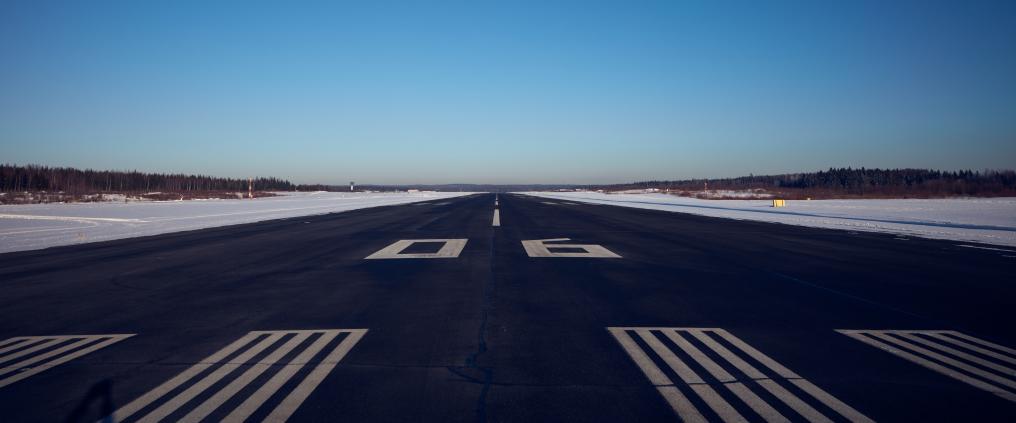Safety is the cornerstone of Finavia's corporate responsibility. The Sum of Good Things series highlights details of Finavia's responsibility work. This article explores runway winter maintenance.
Objective: summer conditions all year round
The runway conditions are crucial for safety: aircraft speed at touchdown is 200–300 kilometers per hour, and under all situations and weather conditions, aircraft need to be able to maintain directional stability during braking.
Runway safety is close to the heart for maintenance staff at Finavia’s airports. Around the year, the aim is to keep the runways in a condition equivalent to those in summer. Successful winter maintenance requires a load of snowhow, which is sustained at Finavia even in the warmer months.
“I often say that for us at runway maintenance, winter lasts 12 months,” grins Heikki Heinijoki, Head of Airport Engineering at Finavia.
According to Heinijoki, what helps in developing snowhow is analysis of the winter past and planning of the winter ahead: right after the winter season, Heinijoki’s team looks at how they can improve their operations in the future, and before the following winter season, the staff will undergo training to maintain and develop their expertise.
Friction is one aspect of safety
Maintaining summer conditions on the runway throughout the freezing and snowy Finnish winter is no picnic.
“We mainly remove snow and ice by mechanical means such as ploughing and sweeping. In order to prevent slipperiness, we sometimes resort to anti-skid agents which keep the runway surface from freezing. We use machinery, working methods and materials designed specifically for airport use. Moreover, maintenance is authorised and required to shut down runways for maintenance when necessary,” Heinijoki says.
“In addition to our own observations, we closely follow weather forecasts and the systems that monitor conditions on the runway surface. All of this is taken into account when planning our runway operations. The conditions, and changes in the conditions, are reported to aircraft crew.”
Friction is an essential variable, but a staggering amount of other information is also reported. Examples include instances of snow and ice in different forms.
“Each crew then make calculations and decisions based on this information,” Heinijoki says.
Only qualified personnel can measure friction
Heinijoki notes that the task of inspecting runways is very demanding. Therefore, runway conditions are only examined by qualified, specially trained runway inspectors. There are more than 200 runway inspectors working for Finavia.
“The runway is inspected and friction is measured at least every six hours when the runway is open, and remeasured whenever a new work shift starts or when weather conditions change. Usually, runways are inspected in conjunction to maintenance, which can make the work quite hectic especially during snowfall,” says Heinijoki.
“In practice, the runway inspection begins when air traffic control gives the inspector permission to enter the runway. The inspector drives a special inspection vehicle from one end of the runway to the other, towing a measuring device. The friction is measured at a speed of 65 kilometres per hour. Changes in the level of friction are drawn on a tablet screen. Additionally, the inspector examines the runway conditions visually or with optical measuring devices,” describes Heinijoki.
“Key results are reported immediately to air traffic control via radio and then logged in to a reporting system. The system then automatically forwards the data to other systems that aircraft crews have access to,” Heinijoki concludes.



